If, like many runners, you get that undeniable pain in your side or stomach part-way through a run or race, you’ll know exactly what it’s like to have a stitch when running.
Often it is debilitating; forcing us to slow down or stop. Try as we might, sometimes we just can’t run through it and we get frustrated and stressed when our race or run is ruined.
But you are not alone: according to research by Morton and Callister 2015 (1), more than 70% of runners reported having the pain of a stitch, and one in five race participants can be expected to get a stitch during the event.
Formally know as Exercise-related transient abdominal pain (ETAP), the stitch is one of body’s mysteries that unfortunately, science just hasn’t been able to get to the bottom of. However, it is known that a stitch is directly related to the abdominal area. And there a couple of common theories that try to explain it:
- Reduced blood flow to the diaphragm causes it to cramp. The logic behind this, is that as we exercise and the intensity or duration increases, the body diverts blood to the working muscles of the limbs. This results in reduced blood flow to the diaphragm and therefore causes cramping.
- The second theory, according to Morton & Callister, is that a stitch could be down to the irritation of the membrane lining of the abdominal cavity. They are keen to point out though, that more research is needed to arrive at a conclusive cause.
There have been various studies over the past 15 years, and although none have been conclusive in finding an absolute cause of ETAP, the characteristics are reasonably well understood:
Pain:
Sharp or stabbing when severe. When less severe, the pain is more like cramping, aching or pulling.
Location:
In the majority of cases, the pain can be identified to a specific spot, although it can be anywhere in the abdominal area.
Source: Morton and Callister, 2015.
Shoulder tip pain:
Pain in the tip of the shoulder has been associated with ETAP from as far back as 1951 (Sinclair, 1951). In the vast majority of cases reported by Sinclair (2), the shoulder pain was on the same side as the abdominal pain.
Age:
According to Morton & Callister, young, active individuals appear to be more prone to getting a stitch – 77% of active individuals under 20 years reported experiencing a stitch compared to 40% of people over the age of 40.
In the research findings, there has been some commonality in factors that can bring on a stitch. These include:
Running:
This is the sport where ETAP occurs more frequently than any other sport. But of course, you knew that which is why you are reading this!
Food and drink:
Eating and drinking before exercise is consistently reported to provoke the onset of a stitch. In one survey, around 52% of individuals claimed that eating before exercise brought on their stitch, while 38% said that drinking before exercise induced the stitch. In another study, 30 out of 35 cases where the people had eaten prior to exercise all experienced a stitch. This is compared to 19 out of 35 cases who experienced a stitch but didn’t eat before exercise.
There appears to be a link between the volume of food and drink consumed the evening before a race and the onset of a stitch during the event (Morton and Callister, 2015). They also state that there does not appear to be any significance in the nutritional make up of the pre-event meal with respect to carbohydrate, protein and fat. It is recognised, however, that more research needs to be done in this area.
There is also some evidence of people reporting stitch pain shortly after taking on fluid at drink stations and this brings us onto a link between sugar and stitch pain.
Hypertonic sports drinks, those that have higher amounts of salt and sugar, have been shown to provoke a stitch far more frequently than either isotonic (same amount of sugar and salt as normal bodily fluids) or hypotonic (e.g. water) drinks. Isotonic drinks seem to induce stitches less frequently than the other two.
Right then, you’re running your race and a stitch comes on. What do you do now? There are a few reported actions that can be taken, The % in brackets indicates what percentage of people have found the action resolved their stitch pain:
- Deep breathing (40%)
- Pushing on the affected area (31%)
- Stretching the affected area (22%)
- Bending forward (18%)
It’s very tricky to give advice on this because we don’t really know what the cause is. But, here are the top tips:
Don’t eat or drink in large volumes closer than two hours before activity. As some people are more prone to stitches than others, they may need to leave three or four hours between meals and activity – especially racing.
Avoid hypertonic drinks (those high in sugar and salt). You may need to replace electrolytes (salt etc), but do so in a way where you are not taking on a load of sugar. Could this be why some people get pain when taking a lot of gels?
Improve your core strength. And when I say ‘core’, I am talking neck to knees. The more you can control the rotation of your torso during running, the better it is. Not only will you go faster for less energy output, but you won’t jiggle your internal organs as much and therefore could reduce your chances of getting a stitch.
Improve your posture. Clearly linked to core strength, improving posture has been shown to reduce ETAP.
Improve your general fitness. It has also been shown that as your overall fitness to carry out running and other activities improves, the instance of ETAP reduces.
Grow old (McCrory, 2017 – in humour) (3). Stitches are less prevalent in the over 40s.
So there you are, we don’t yet know the ins and outs of the mechanics of a stitch, but we do know the type of pain that is caused and where that pain occurs.
We also have a pretty good idea of what we can do to reduce the chances of us getting a stitch, and we have some proven strategies to relieve stitch pain when we get it.
Cited research
(1) Morton, D. & Callister, R. Sports Med (2015) 45: 23. https://doi.org/10.1007/s40279-014-0245-z
(2) Sinclair JD. Stitch: the side pain of athletes. N Z Med J. 1951;50(280):607–12
(3) McCrory P. A stitch in time. Br J Sports Med. 2007;41:125

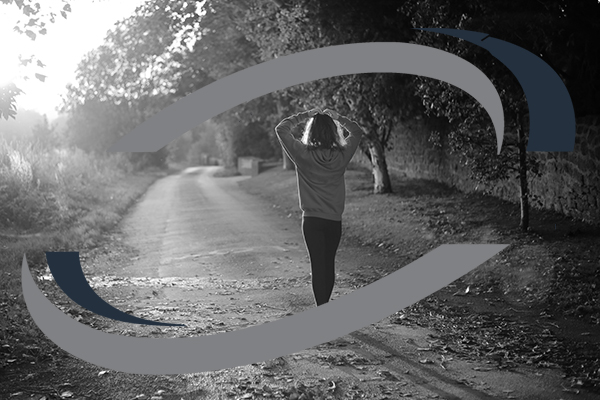

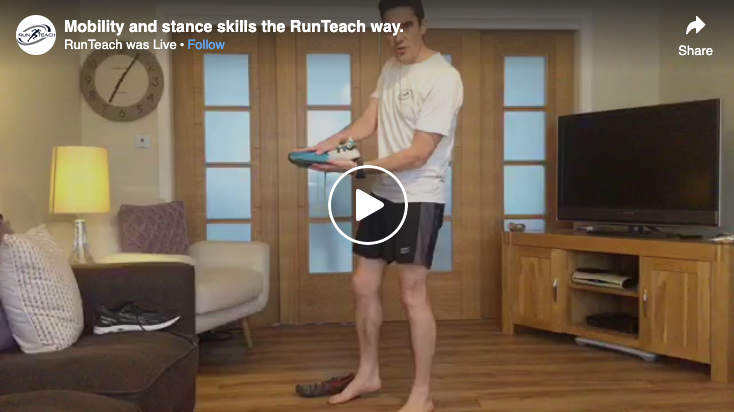

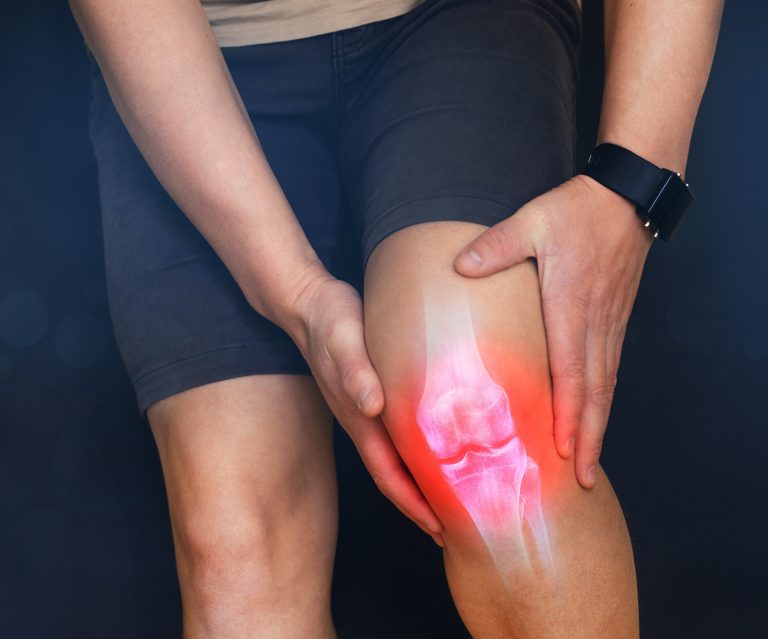


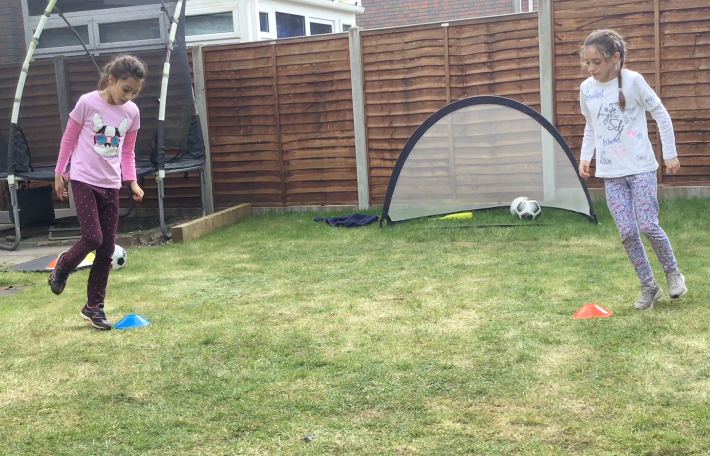
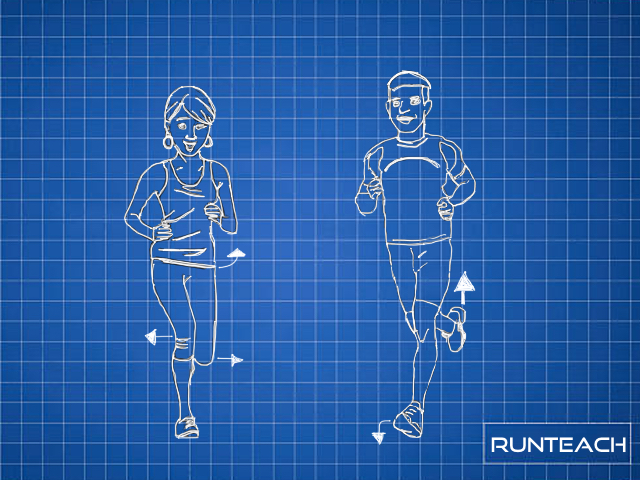
I remember reading somewhere that stitches can be caused from not fully breathing out? Have you heard this?Their suggestion was to breath in for shorter and out for longer and time you breathing with your steps so that you aren’t always breathing out on the same foot hitting the ground. I’m not sure if there is anyway science behind this but I have found it really helps if I ever get a stitch! Would like to hear your thoughts. E.g breath in a little for two steps and breath out fully for 5 steps (or even 3 steps but making sure all air is out)The uneven number would also mean you would fully exhale on a different foot each time.
Thanks for your comment Jen. It’s an interesting one as the science doesn’t support any one cause for getting a stitch. Putting your focus on your breathing as you suggest does a few things: 1) It regulates what may have previously been more erratic and less controlled breathing. Natural flowing, controlled breathing is always a good thing so putting focus on this will naturally calm your system down. 2) By paying attention to your breathing you are also letting your nervous system know that you have acknowledged and are addressing the stitch. Although it sounds a bit woo-woo, it is a powerful signal that the “alert” of the pain doesn’t need to keep sounding.
I agree about having a longer out breath than in breath, and this makes logic sense when you understand that the lungs work as a vacuum. If you expel more air, you are creating more space for the in breath as well as making it a little easier to get the air in.
While I understand the theory about breathing to a rhythm so that your in breath is on alternate feet, I have never found any scientific or experiential evidence to support it. Ultimately, we all need to do what works for us. Some runners like a 2/2, 2/4, 3/2, 4/4 breathing pattern. The effort you are running at will also determine the pattern (try keeping a 4/4 at a high effort!). No matter what pattern you choose, the goal is always to get the pattern to become natural so you are not consciously having to think about it.
Thanks Chris! Good to hear your thoughts!